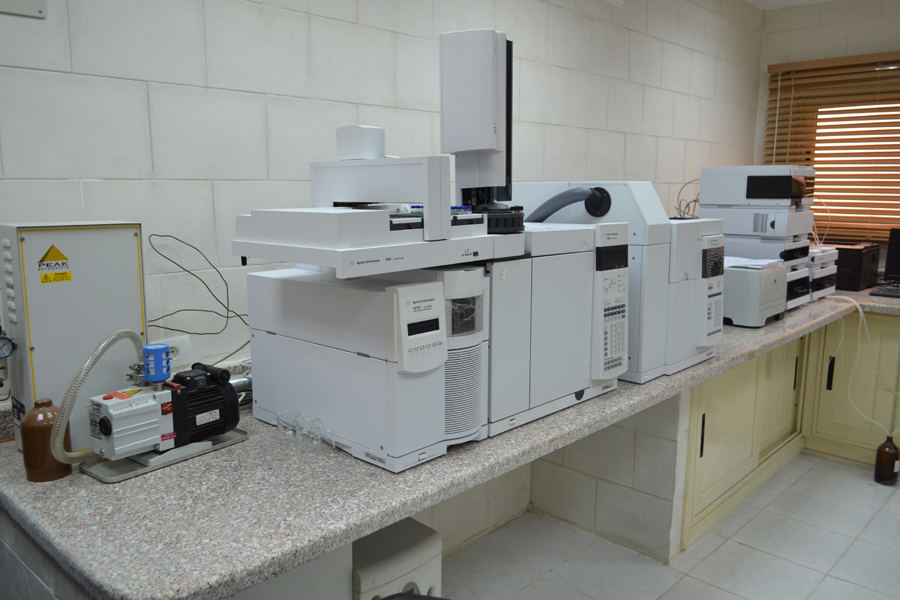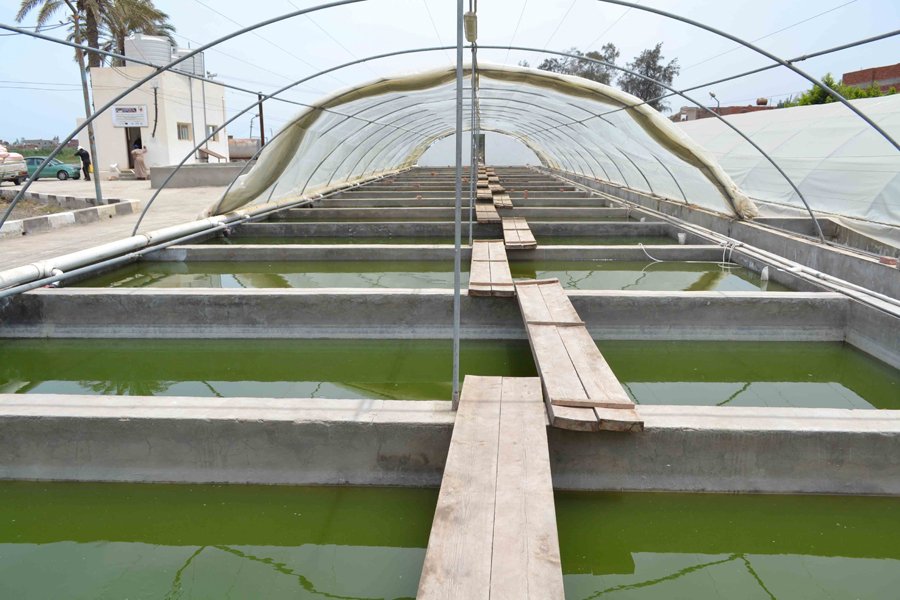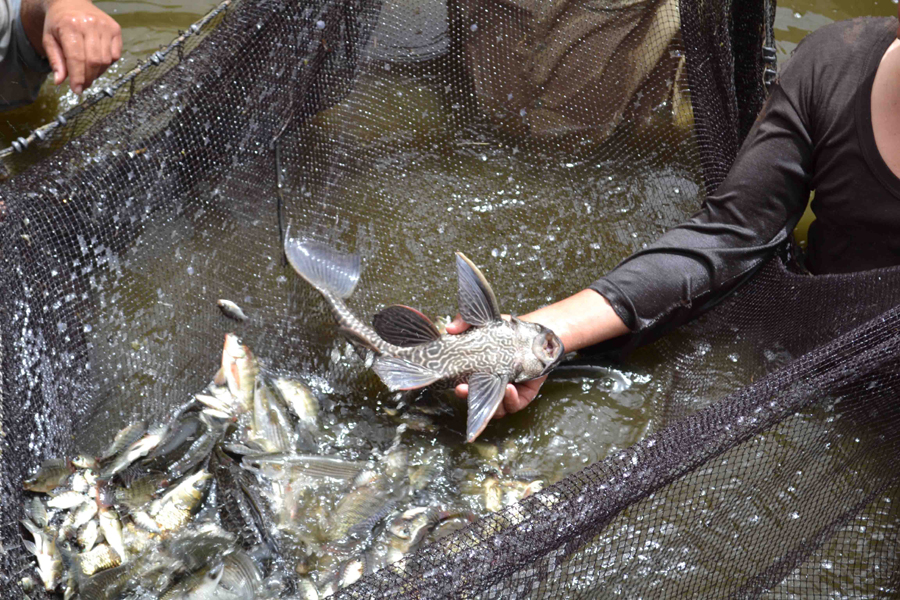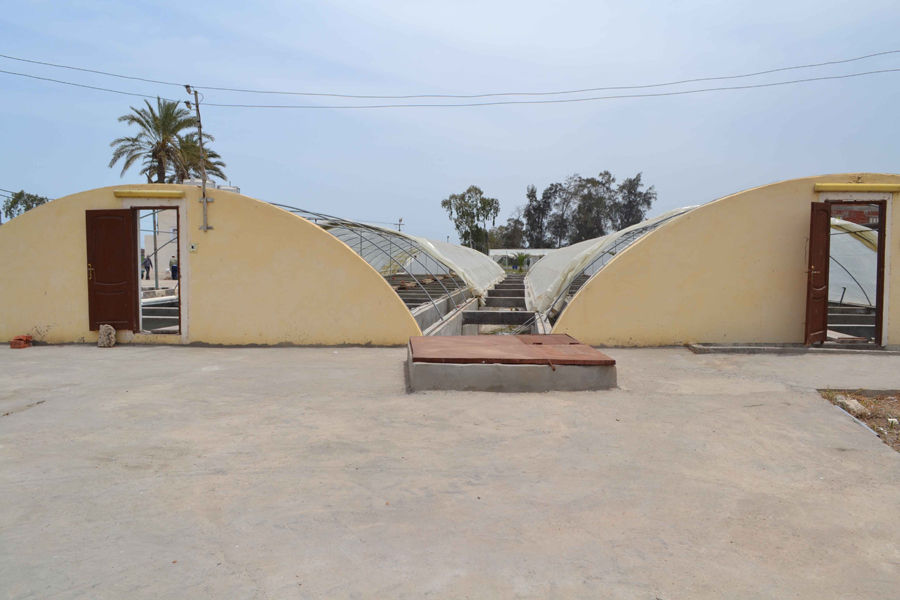
MARINE ENVIORNMENT
Marine Environment Division includes nine departments contribute in many different areas and disciplines can provide service to the community, investors and can we summarize the Division's role in the following activities: The protection and preservation of the marine environment, Environmental study of Marine Biology and its relationship to fisheries, Monitoring all the types of emissions that affect the water environment, whether solid, liquid or gaseous remnants of a comprehensive land-based sources, ships and floating facilities that move between different Egyptian ports, as well as cross territorial waters and adjacent economic zone. The use of physical methods to explore new fishing areas and estimate the fish stock - explore the most suitable areas, suitable for maritime culture in the near-shore and remote design those cages areas in accordance with the hydraulic conditions in different positions and suggest the most appropriate ways to install and protection. To select the most appropriate materials needed in the areas of exploitation and protection of aquaculture be fouling as well as the study of the effect of nutrition in these cages on the surrounding environment.


